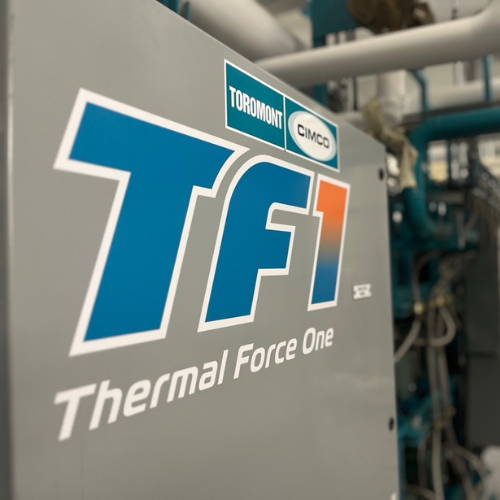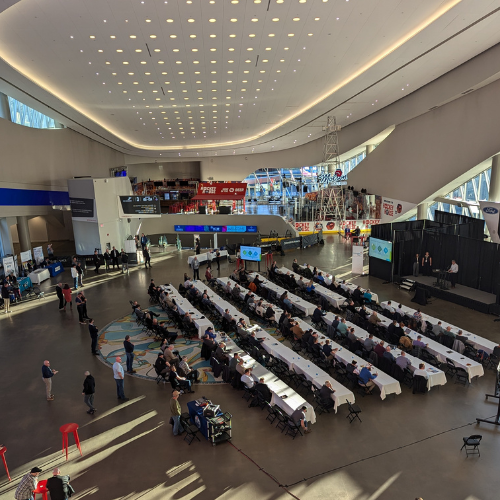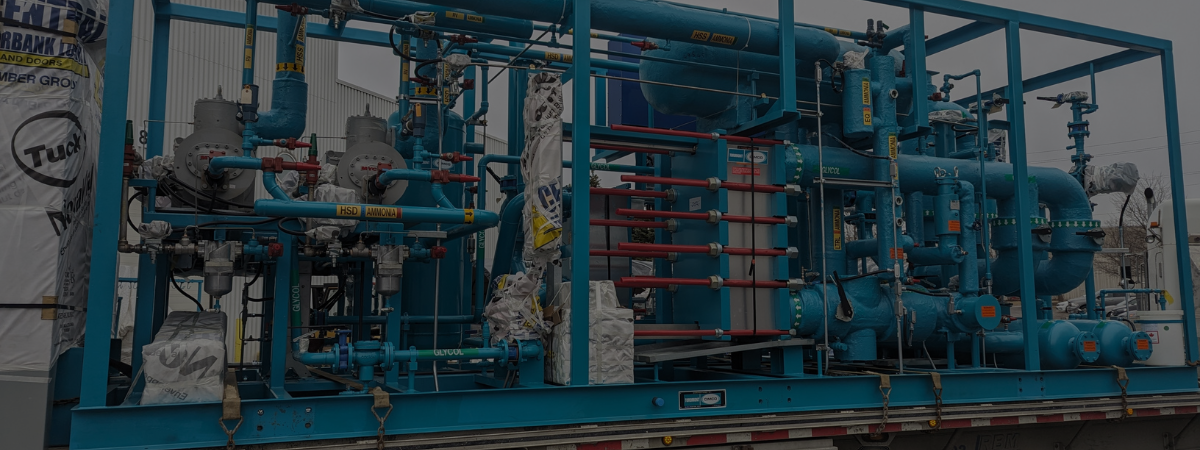Evaluating Your Existing System
Understanding your current system's status begins with examining your installed refrigerant's cost and future availability. Prices and availability can fluctuate significantly, impacting your long-term operational costs. When evaluating options, you must consider whether synthetic (fluorinated) or natural refrigerants best suit your needs and weigh up the implications of different safety classifications (e.g., A1 versus A2L or B2L).
System age and reliability play crucial roles in this assessment. As systems age, they typically experience increased downtime and repair costs, affecting overall operational reliability. To make an informed decision, it's essential to comprehensively analyze maintenance costs to understand the lifetime cost implications of keeping your current system.
System design considerations, particularly drop-in requirements, can significantly impact your decision. It’s important to assess whether your system can accommodate new refrigerants without significant modifications. This becomes especially challenging when attempting to replace a flooded R22 system with a drop-in refrigerant. However, alternatives exist, such as switching to ammonia (NH3) if your facility can accommodate it.
Capacity loss is another crucial consideration when contemplating drop-in refrigerants. Drop-in replacements might not match your current system's capacity, potentially leading to efficiency losses. That’s why it's vital to calculate the efficiency loss and its long-term financial impact to make an informed decision.
Safety considerations cannot be overlooked when it comes to refrigerants. While evaluating your current refrigerant's safety profile, including toxicity and flammability risks, it's worth noting that CO2 stands out as the safest refrigerant option available.
Additionally, staying compliant with current and future refrigerant regulations is essential to avoid penalties. This includes keeping abreast of code and regulation updates in your area.
The availability of skilled mechanics and operators can make or break your system's success. Ensure you have access to professionals who can maintain and operate your system. A well-designed comprehensive maintenance plan can extend your plant's operational life well beyond its expected lifespan.
When planning for eventual replacement, timing is crucial to minimize operational disruptions. It’s also important to consider the cost of replacing your system with newer, more efficient equipment.
Government incentives can significantly offset replacement costs and should be taken advantage of. Many municipalities and different levels of government offer substantial incentives to help mitigate capital investment costs. It's worth investigating opportunities with utility companies that may provide grants for switching to more efficient equipment.
Considering a New System
Capital costs naturally take center stage when contemplating a new system installation, as these can be significant. However, it's crucial to view these costs in the context of long-term savings and benefits rather than just initial investment. Understanding capital cost versus lifetime cost should be a determining factor in choosing the right refrigerant for your system.
Modern systems typically offer reduced maintenance costs thanks to improved technology and warranty coverage – an important consideration.
Securing qualified personnel, such as skilled mechanics to service your system, remains a key factor to consider. Working with your local representative to understand the implications of a Comprehensive Service Agreement (CSA) on your operating budget can provide valuable insights into long-term maintenance requirements. You need more than mechanics, though; operator availability also plays a role. Although training operators on a new system can be challenging, this step is essential for smooth operation.
Infrastructure compatibility requires careful evaluation of your existing setup, as upgrades may be required for your new system. New systems may demand different power requirements, mechanical ventilation to meet codes, and/ or additional safety components like gas leak detection and emergency exits.
Health and safety measures in new systems often provide enhanced safety features, reducing risks to personnel and property. Additionally, new systems are designed to meet current codes, potentially reducing compliance costs.
Modern refrigerants can offer better performance and energy efficiency, saving costs. CIMCO offers a Refrigeration System Energy Comparison Report that can evaluate different refrigeration systems under identical load profiles using ASHRAE bin data for your specific location. This analysis helps quantify potential energy savings and operational improvements.
Environmental impact considerations extend beyond your facility, as potential leaks from your new system will also affect the health of your community. Before installing new refrigeration equipment, it's essential to consult with the Authority Having Jurisdiction (AHJ) for proper clearance.
Understanding current and future regulations around refrigerants can prevent you from having to replace a refrigeration system before its end of life. New systems are more likely to comply with future regulations, ensuring long-term viability as higher Global Warming Potential (GWP) refrigerants are phased out/ down. Do you know when your refrigerant of choice will be phased out?
Government incentives are often available and can help reduce the financial burden of upgrading to a new system. It might not be as expensive as you think to upgrade.
Making the Decision
Making an informed decision about whether to maintain your existing refrigeration system or invest in a replacement requires careful analysis of these interconnected factors. By thoroughly evaluating both your current system and the potential replacement, you can develop a strategy that aligns with your business objectives while ensuring regulatory compliance and operational efficiency.
The key lies in balancing immediate costs against long-term benefits while considering the broader impact on your facility, personnel, and surrounding community.

Luis Escobar, Project Sales Engineer
Luis Escobar is a Project Sales Engineer at CIMCO Refrigeration, bringing 13 years of construction industry expertise to complex refrigeration projects. His notable portfolio includes prestigious projects like the Canada Games Center in St. Catherine, ON, Nationwide Arena in Columbus, OH, Capital One Arena in Washington DC, and the Utah NHL Practice Facility in Salt Lake City. Luis represented Mexico in the inaugural 10 km Open Water Swimming Marathon at the 2008 Beijing Olympics. He continues his passion for swimming as Head Coach at the Etobicoke Olympium Masters Aquatic Club (EOMAC). Luis's expertise lies in navigating the technical challenges of facility layouts while delivering systems that precisely match client specifications.
Related Posts

Guysborough Municipality Raises the Bar With All-in-One CO2 Heating, Refrigeration & AC

Sold-Out IRMA Innovation Day Showcases Next-Gen Ice Arena Technologies
.png?sfvrsn=ad12d922_1)
The Business Case for Replacing Your Refrigerant System
STAY UP TO DATE
Get the latest industry insights and important updates delivered right to your inbox.
|
|



